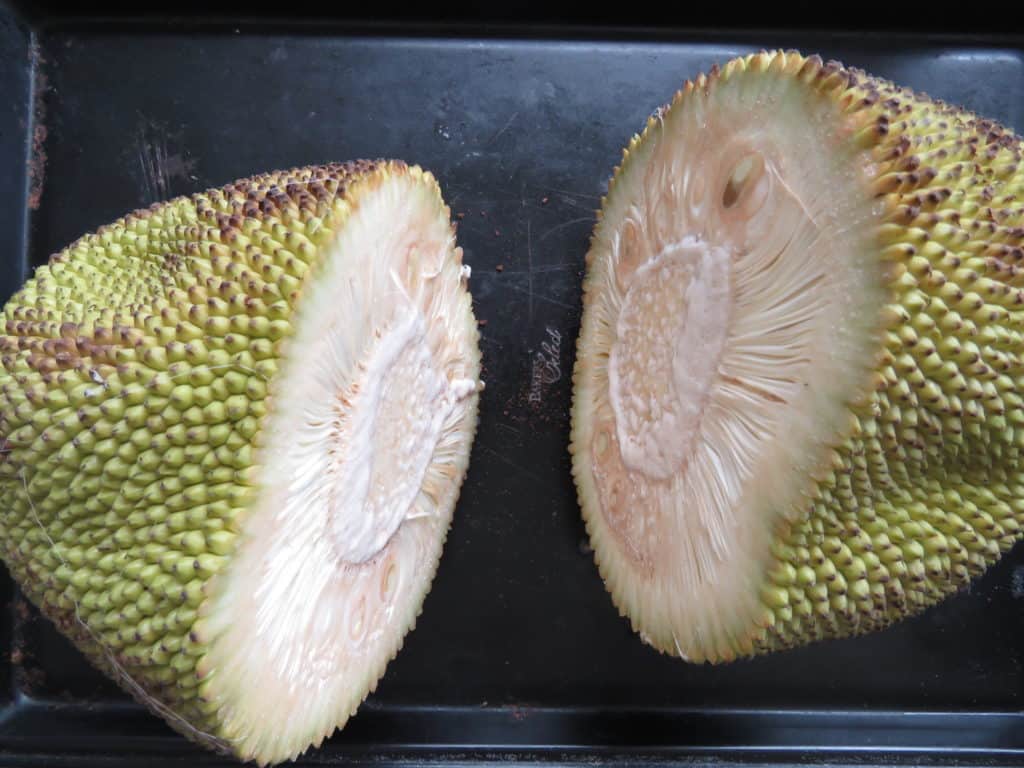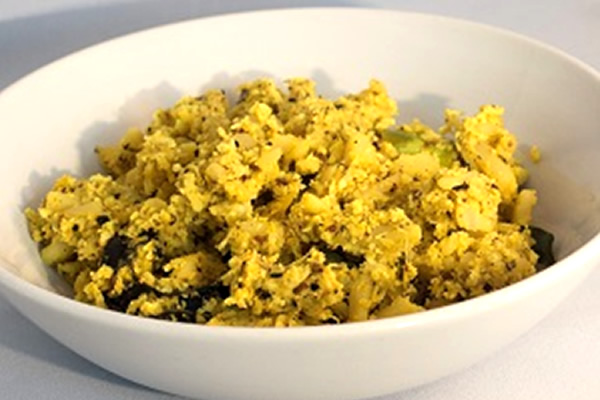Search This Blog
I live at the intersection of strategy and storytelling. My writing explores digital trends, creative campaigns, and cultural narratives that actually resonate. I'm obsessed with what makes content click—both literally and emotionally. Whether crafting scroll-stopping ideas or diving into thought-provoking insights, my goal is simple: create work that connects, inspires, and makes a genuine impact in our increasingly digital world.
Featured
- Get link
- X
- Other Apps
Jackfruit: The Giant Surprise on a Tree
Imagine a fruit that’s bigger than your head, wears a spiky coat, smells like sweet sunshine, and has a hundred stories to tell ladies and gentlemen, meet the jackfruit. In Sri Lanka, it’s called kos, and whether you’ve grown up eating it or just stumbled across it in a village kitchen, jackfruit is a food that never stops surprising you.
Let’s start with the tree itself, it’s tall, generous, and doesn’t ask for much. But when it starts bearing fruit, it really shows off. These green, bumpy giants hang straight from the trunk like nature’s own chandeliers. And here’s where it gets interesting: jackfruit doesn’t have just one personality. Oh no. It’s got stages. And each one is like a different dish waiting to happen.
Stage 1: Baby Jackfruit – “Polos”When jackfruit is young and firm, it goes by the name polos. This is where the real magic begins. Polos curry is a superstar in Sri Lankan cooking. Spicy, chunky, and slow-cooked till the pieces are soft but still holding their shape. You’ll find it in banana leaf packets, temple feasts, and Sunday lunches. Some say it’s better than meat. Others say it is meat. Either way, it’s comfort food at its finest.
Stage 2: Middle-Aged Jack – “Bath-Kos”
Now the fruit is starting to ripen, but it’s not quite sweet yet. The texture has softened, and the flavor is more mellow. This is bath-kos, rice companion jackfruit. It’s boiled, shredded, and sautéed with onions, green chilies, mustard seeds, and a bit of coconut. It's the kind of thing that makes you ask for a second helping of rice even when you're full. And the seeds? Don’t throw them out! Boil them, fry them, mash them each one is a bite-sized delight.Stage 3: Fully Ripe – “Waraka”
When the jackfruit finally ripens fully, the aroma hits first. Sweet, intense, tropical. You crack it open and find golden bulbs hiding inside. These are waraka, the dessert you didn’t know you needed. Some like it firm and crunchy, others like it soft and sticky. Either way, it’s juicy, delicious, and oh-so-addictive. Add it to smoothies, wrap it in pancakes, or eat it straight from the fruit, fingers sticky and smiles wide.Beyond the Obvious: What Else Can You Make?
Jackfruit is the gift that keeps on giving. People make chips out of it, turn it into pickles, dry it, grind it into flour, and even use it as a meat substitute in vegan burgers and tacos. Some grandmas even boil the jackfruit core and serve it with coconut sambol. Others ferment it. There's jackfruit kola kenda, jackfruit roti, jackfruit cake, the list never ends.Even the jackfruit leaves are useful! They’re used as eco-friendly plates or to wrap little bundles of food. Zero waste, all taste.
Here's something for your pocket:
Jackfruit isn’t just a fruit, it’s a tradition, a recipe, a story passed down. It’s a tree that feeds you in stages, each one with its own texture, its own spice, its own moment to shine. Whether you're eating polos with your fingers or biting into a golden piece of ripe waraka, you’re not just tasting a fruit. You’re tasting generations of joy.
So next time you see that giant green beast hanging from a tree trunk, stop and say hello. There’s a whole world hiding under that spiky skin.
Top Reads on Haafssawrites
Social Media Captions That Connect: A Sri Lankan Guide to Digital Storytelling
- Get link
- X
- Other Apps
Zywa: A Game-Changer in the World of Gaming and Earning
- Get link
- X
- Other Apps






Comments
Post a Comment